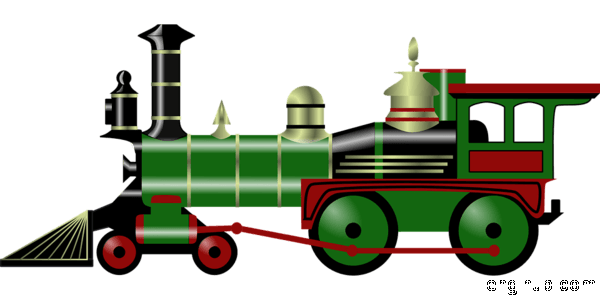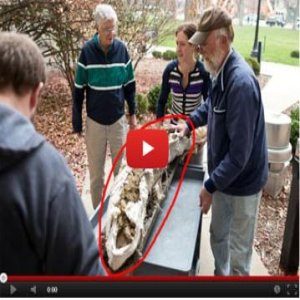A reciprocating steam engine is used to convert heat energy into mechanical energy.
This is an old method of energy generation early engineering practice.
Nowadays steam turbines or internal combustion engines are used for the same work.
But they have many specialized applications.
Hence these steam engines can be classified according to their construction and operating features.

So, Detail Steam Engine classification is covered below
Position of Cylinder
According to the position of the cylinders steam engines can also be classified as,
01) Vertical Engine
02) Horizontal Engine
03) Inclined Engine
Working Stroke
Steam Engine is classified according to the number of working strokes per revolution as,
01) Single Acting
02) Double Acting
In a single-acting engine, there is only one stroke per revolution of the crankshaft as steam acts on one side of the piston.
But in a double-acting engine, two working strokes per revolution are obtained as steam acts on both sides of the piston.
Speed of Engine
Also According to the running speed of the engine, it can be classified as,
01) Low-Speed Engine, Where the engine runs at 100 or fewer revolutions per minute.
02) Medium Speed Engine, Where the engine runs at 110 to 200 revolutions per minute.
03) High-Speed Engine, Where the engine runs above 200 or more revolutions per minute.
Field of Application
Steam engines are classified according to their applications also as,
01) Locomotive or Portable Engines
02) Stationary Engines
03) Marine Engines
Exhaust of Steam
Also, Steam engines are classified by the exhaust of steam as,
01) Condensing Engines, Where exhaust steam passes into a condenser at a lower pressure than an atmosphere.
02) Non-Condensing Engines, where exhaust steam passes directly into the atmosphere.
Classification according to the governing method employed as,
01) Throttle Governing, in this method the speed of an engine is controlled by means of a valve in the steam pipe which regulates the pressure of the steam entering the engine.
02) Automatic Cut-Off Governing, in this method governor, controls the quantity of steam admitted to the cylinder while the pressure of entering steam has remained constant.
Expansion of Steam
01) Simple Steam Engine, where conversion of heat energy of steam into mechanical work in one stage only with one cylinder and piston.
02) Compound Steam Engine, where the conversion of heat energy of steam into mechanical work occurs in two stages with high pressure and low-pressure cylinder.
03) Triple Expansion Steam Engine, where the steam expands successively in three cylinders.
04) Quadruple Expansion Steam Engine, where four cylinders and pistons are used for the expansion of steam.
Besides the above classification, the steam engine can also be classified according to its length of working stroke i.e. short stroke or long-stroke engines, and position of crank i.e. side crank or center crank engines.
To get the more details about the topic, I further recommended reading
- Engineering Thermodynamics
- Basic & Applied Thermodynamics
- A Textbook of Engineering Thermodynamics
- A Textbook of Thermal Engineering: Mechanical Technology
- Steam Engines Chart
If you like the post, share it with your friends and also on social sites.



